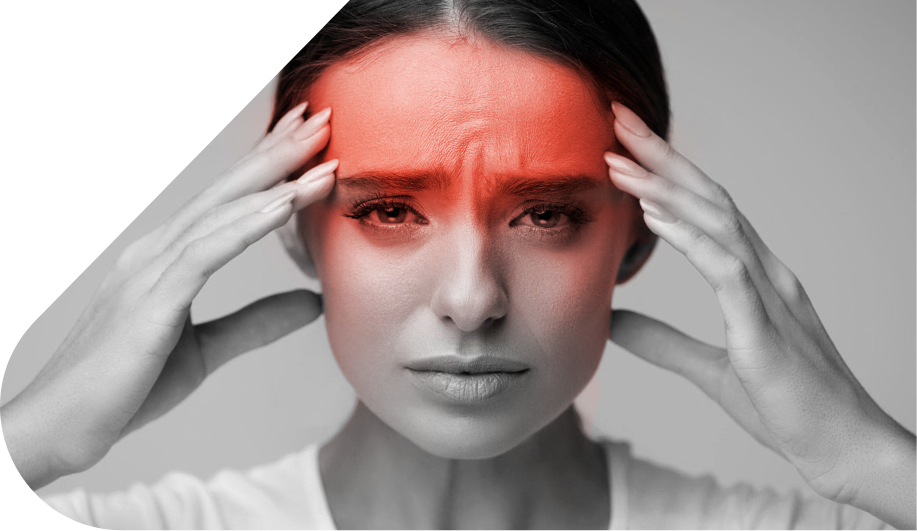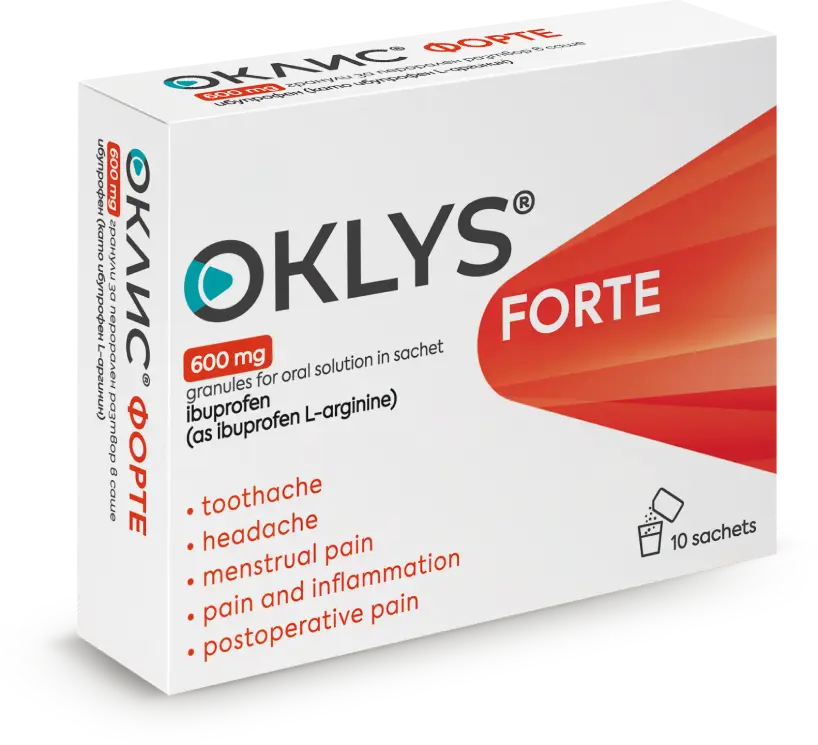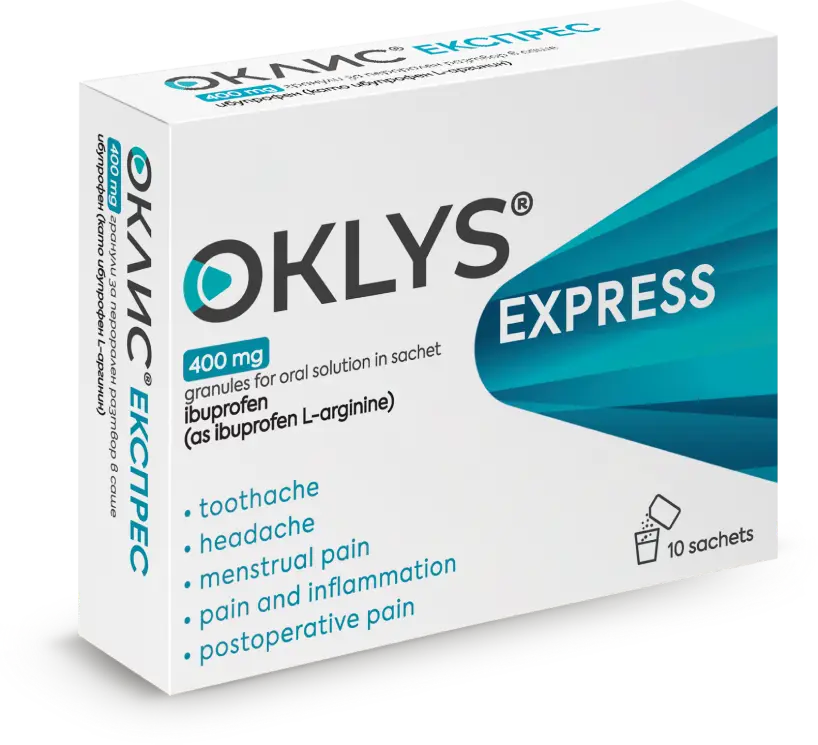In modern medicine it is perceived that all pain requires treatment
The sensation of pain is associated with suffering of varying intensity and duration, familiar to every person from birth to old age. The sensation of pain itself is individual, and this is why there is talk of a low and a high threshold of tolerance: some people tolerate various painful stimuli with equanimity, while others complain of even minor pain. This also connects pain to a person’s emotional nature.
In fact, pain is a protective mechanism of the body that signals damage – acute or chronic. The causes must be identified and, in most cases, therapy should be initiated to stop the pain.
To feel pain, stimulation of specific pain receptors—free nerve endings in various organs such as the skin, tendons, internal organs, blood vessels, bones, and others—is necessary. The complex mechanism of pain perception is formed under the influence of mechanical, thermal, and chemical factors, inflammation, as well as processes that cause tissue damage. For example, lack of oxygen triggers migraine, muscle, or heart pain. Kidney, intestinal, and biliary colic arise as a result of stretching of smooth muscles. Signals from the pain receptors are transmitted through the spinal cord to the brain.
The number of pain receptors is greater in the lining of blood vessels and the membranes of certain internal organs – pleura, pericardium, peritoneum, and others.

In some cases, the original cause of pain is in one organ, but it manifests in another—for example, during a heart attack, pain may be felt in the shoulder, down one arm, or even in the stomach, leading to a mistaken diagnosis of gastritis or ulcer. This is known as referred pain.
Pain is mainly divided into acute and chronic. Acute pain serves as a warning of sudden danger, with the ultimate goal of preserving the integrity and homeostasis of the individual.
Acute pain most often involves injury or a pathological condition of the body. Its duration ranges from a few minutes to several days.
Chronic pain is defined as a condition lasting usually more than three months. One in every fifteen adults in Europe regularly experiences pain complaints. Most commonly, these are back and lower back pain, as well as pain resulting from arthritis and osteoarthritis. Unexpected severe pain accompanied by abnormalities in vital signs (hypo-/hypertension, tachycardia, fever) must be immediately evaluated, as they may indicate a life-threatening condition.
When specific pain receptors are stimulated, the pain can be somatic—originating from tissues such as skin, muscles, joints, bones, and tendons—or visceral, when it arises from internal organs like the liver, intestines, pancreas, and others.
Neuropathic pain results from disease or injury to nerve tissue and originates from deep within the peripheral or central nervous system. It can also occur without injury—when pain receptors and sensory pathways are dysfunctional. The brain perceives impulses for which no visible cause can be found.
Pain syndromes are part of the symptomatology of most acute and chronic diseases. The disease itself also determines the different characteristics of the pain.
The most common neurological pains are various types of headaches – including stress-related, tension, cluster (periodically recurring), incidental, and migraine. Increasingly, neurological pains such as shoulder, back, and lower back pain are appearing in younger people. Some of these are related to diseases or simply nerve compression caused by immobility and muscle weakness.
Oncological diseases are associated with severe and prolonged pain, which can be acute or chronic. Acute pain in cancer usually results from postoperative wounds and is controlled quickly. A significant problem is chronic pain, which is related to nerve damage—when a growing tumor presses on a nerve or produces toxins that damage the nerve.
When a person ignores tolerable pain for a long time or self-medicates to suppress it, this can lead to missing serious illnesses and diagnosing them at advanced stages. Therefore, prolonged self-treatment should be avoided. One must be especially cautious with severe headaches that start suddenly, as well as acute chest pain—consulting a doctor is mandatory. Attention is also required in cases of long-lasting headaches or when the pain presents with unusual characteristics for the individual.
The most important thing is to identify the causes and manifestations of different types of pain in a timely manner. Modern diagnostics include various methods such as blood tests, neurological/cardiological examinations by specialists, ECG, computed tomography, angiography, EEG, magnetic resonance imaging, Doppler ultrasound, gastroscopy, colonoscopy, and others.

A wide range of options is also used in pain management. Humane care in medicine is accepted, requiring that every pain be treated. The main goal is to eliminate the cause of the pain by diagnosing and treating the underlying disease. However, very often during therapy, the use of painkillers is necessary to relieve suffering caused by pain.
Pain relief through medications administered by various routes is a standard part of every modern intervention in medicine and dentistry. For home treatment, nonsteroidal anti-inflammatory drugs, corticosteroids, or analgesics are most commonly used—always with careful review of the patient information leaflet and after consulting a doctor.












